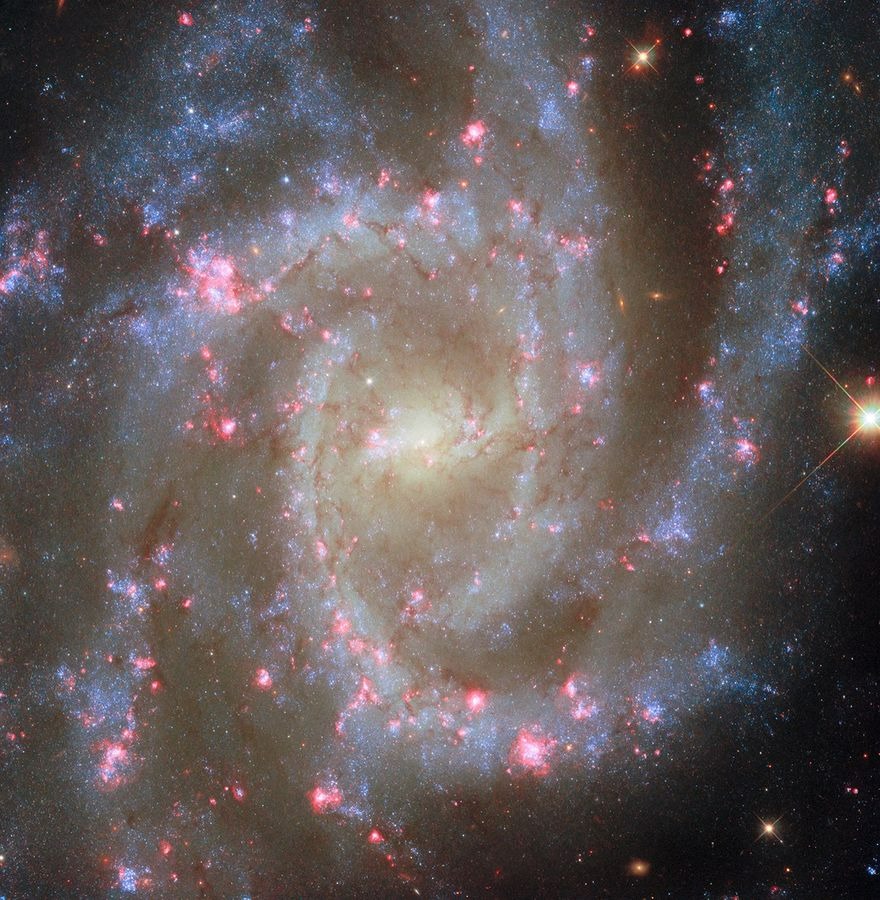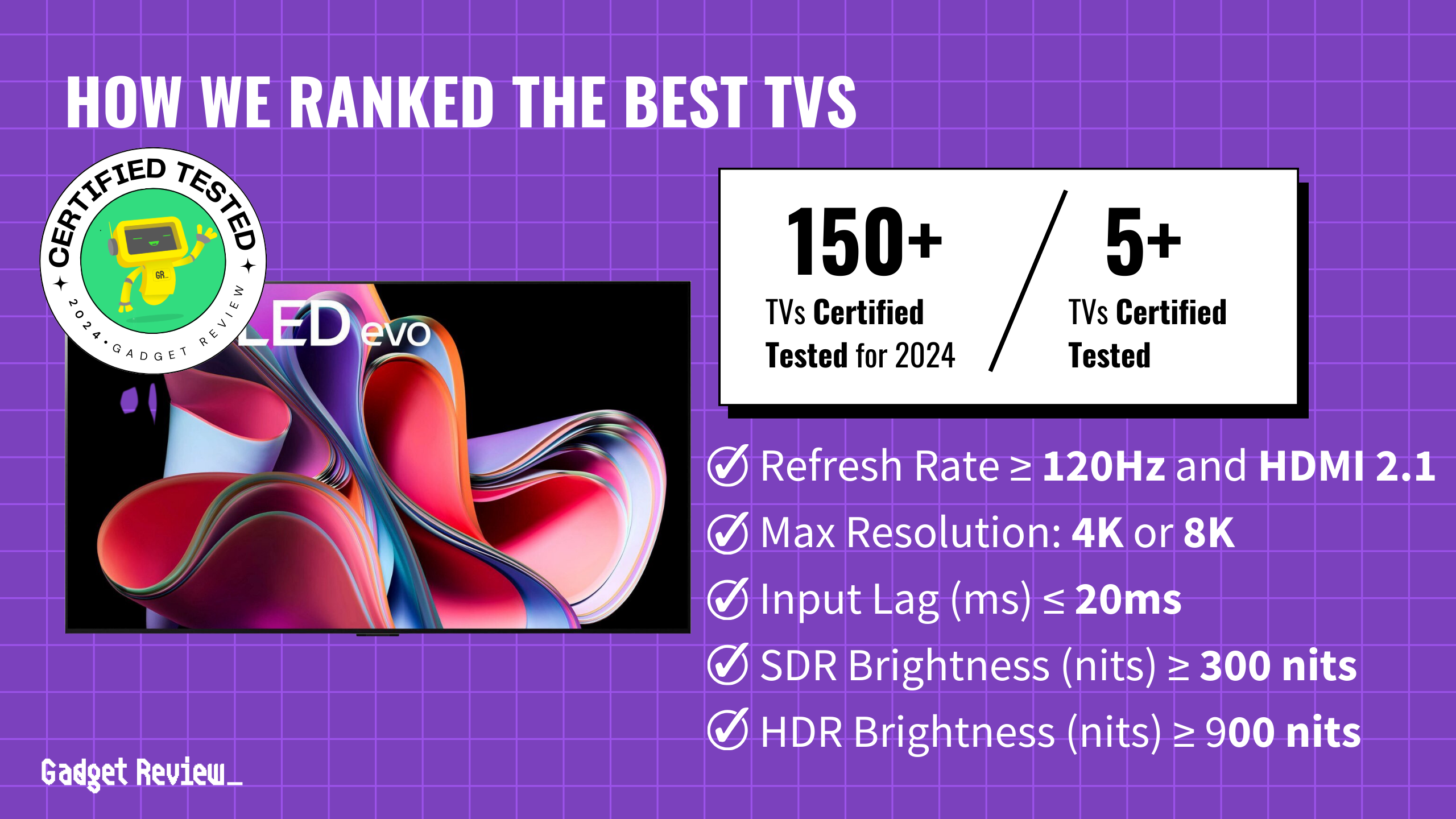Star formation happens everywhere in the universe, but seeing it clearly requires the right tools—and Hubble just proved its H-alpha detection capabilities can map stellar nurseries with surgical precision. The space telescope’s latest image of NGC 2835, a spiral galaxy 35 million light-years away in the constellation Hydra, transforms invisible stellar birth processes into brilliant pink beacons scattered across the galaxy’s arms.
Half the Milky Way’s Size, Full of Stellar Drama
This intermediate spiral galaxy spans roughly 65,000 light-years—about half our own galaxy’s width, yet every bit as dynamic. At its core lurks a supermassive black hole weighing between 3 and 10 million solar masses, while the spiral arms host dozens of active star formation regions.
You’re essentially looking at a cosmic factory where gravity, gas, and stellar winds collaborate to birth new stars at an industrial scale. The galaxy’s oval-shaped center contains older stellar populations, creating a stark contrast with the vibrant, young star-forming regions along its spiral arms.
Pink Patches Tell the Real Story
Here’s where Hubble’s technical prowess shines: isolating H-alpha light lets astronomers pinpoint regions where massive, young stars pump out enough energy to ionize surrounding hydrogen gas. Those bright pink nebulae scattered throughout NGC 2835’s image aren’t just pretty—they’re H II regions marking active stellar nurseries.
Think of them as cosmic maternity wards where stars are being born right now, their intense radiation lighting up the delivery room. This H-alpha mapping capability represents a significant advancement over previous NGC 2835 observations, which lacked the dedicated wavelength isolation now possible with Hubble’s updated imaging instrumentation.
Building the Universe’s Largest Star Map
NGC 2835 joins an ongoing Hubble campaign surveying 19 nearby galaxies to catalog more than 50,000 nebulae using H-alpha and complementary imaging techniques. The research team behind this comprehensive survey aims to understand how young, massive stars influence their environments via light and stellar winds, ultimately shaping subsequent rounds of star formation.
The data integrates with observations from the James Webb Space Telescope and ground-based arrays, creating a multi-wavelength portrait of galactic ecosystems. You’re witnessing astronomy’s shift toward comprehensive, collaborative mapping that combines Hubble’s unmatched optical H-alpha capability with Webb’s infrared penetration through cosmic dust.
This approach transforms our understanding of stellar evolution from theoretical models to direct observation. When combined with infrared data from Webb and radio observations from ground-based telescopes, astronomers can finally trace the complete lifecycle of star formation—from initial gas collapse to the feedback loops that trigger subsequent generations of stellar birth through advanced technology.





























